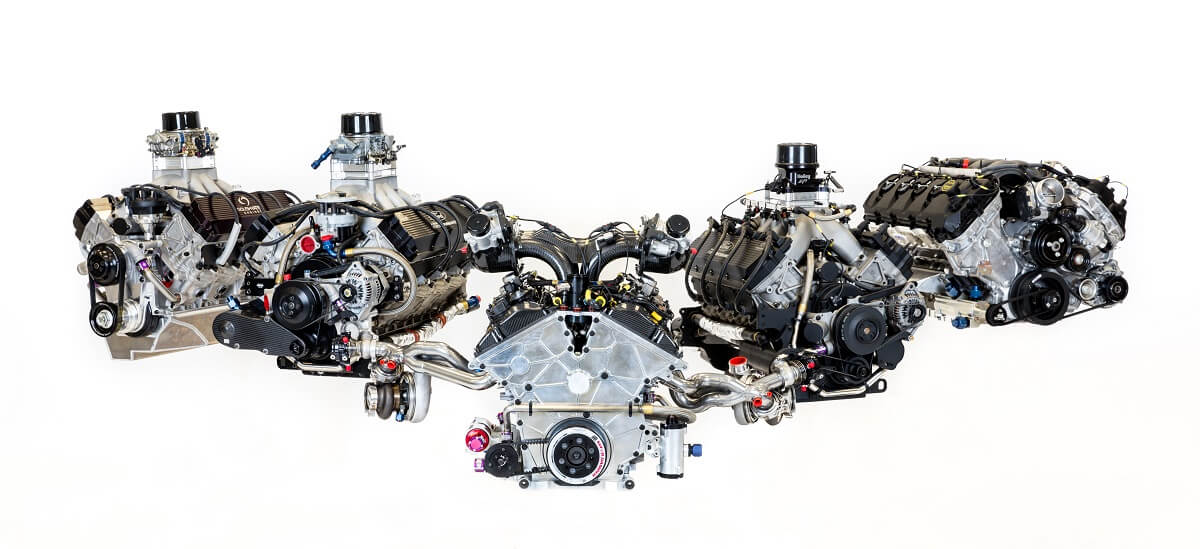 In the auto racing world, everything moves a little faster. The cars move fast. Engines need to be built and rebuilt every week. And any delays – whether days, hours, or even minutes – can cost precious seconds at the track.
In the auto racing world, everything moves a little faster. The cars move fast. Engines need to be built and rebuilt every week. And any delays – whether days, hours, or even minutes – can cost precious seconds at the track.
That means a lot when races are sometimes won and lost by just a few hundredths of a second.
Roush Yates Engines is a legend in the world of racing. They not only build all the engines for all the Ford racing teams throughout the NASCAR premiers series, they also build them for top racing circuits around the globe. Each and every week during race season, they build dozens of new race engines, each with hundreds of expertly tuned, precision parts.
And they don’t just build engines. After every race they tear them down to basic components, evaluate and value every part, and then build new engines for the next week’s races.
Over the course of a season, that equates to more than a million discrete parts that must be kept track of.
It’s a monumental task. You might even call it an inventory management nightmare.
Tear Down and Rebuild
Needless to say, we were thrilled when Roush Yates Engines chose RKL eSolutions to help them implement Sage X3 to manage their inventory, tear down operations and production processes. It’s one of the most challenging projects we’ve ever taken on. And one of the most gratifying.
As I alluded to above, tracking the disassembly process was one of the big issues. Roush Yates Engines doesn’t sell their engines; they lease them. It’s not like building an engine for, say, an airplane manufacturer, where you put engines together and then ship them out. These engines come back to them every week in various conditions.
Most software solutions don’t account for the need to track the disassembly process. Nor did their previous system, an older version of Sage 500. Roush Yates Engines needed a clean process to be able to basically reverse engineer these engines, and to be able to trace back to individual components, both by serial and lot numbers. They needed to identify which items were good for reuse, which items needed to be remanufactured, and which parts and assemblies, based on wear, had to be scrapped or downgraded as a lost item.
They also had to assign a value to each item for accounting purposes.
With Sage X3, we were able to use the standard software solution to meet those particular needs. Of course, there were other areas where customization was required – and where the flexibility of Sage X3 really paid off. For instance, some parts and components are tracked by engine hours, others by miles or laps run. We were able to work with Roush Yates Engines to meet all of those needs with Sage X3.
The implementation hasn’t stopped after Roush Yates Engines go-live, though. Through continued training and optimization, we look forward to automating the production processes and implementing Scheduling to manage workcenter and machine capacity. Someday soon, we envision Roush Yates Engine crew members leveraging Sage X3 mobile capabilities via smartphones or tablets at the race track for component visibility and traceability intelligence on demand.
These are only a few of the challenges that made this project so interesting. To read more, please read the article “Off to the Races,” a more detailed account of the project. I think you’ll find it both interesting and informative.
Read the Article: “Off to the Races”
And just think … if we can do so much for a company like Roush Yates Engines in the fast-paced world of NASCAR, just imagine what we could do for you in your world. Contact Us!



